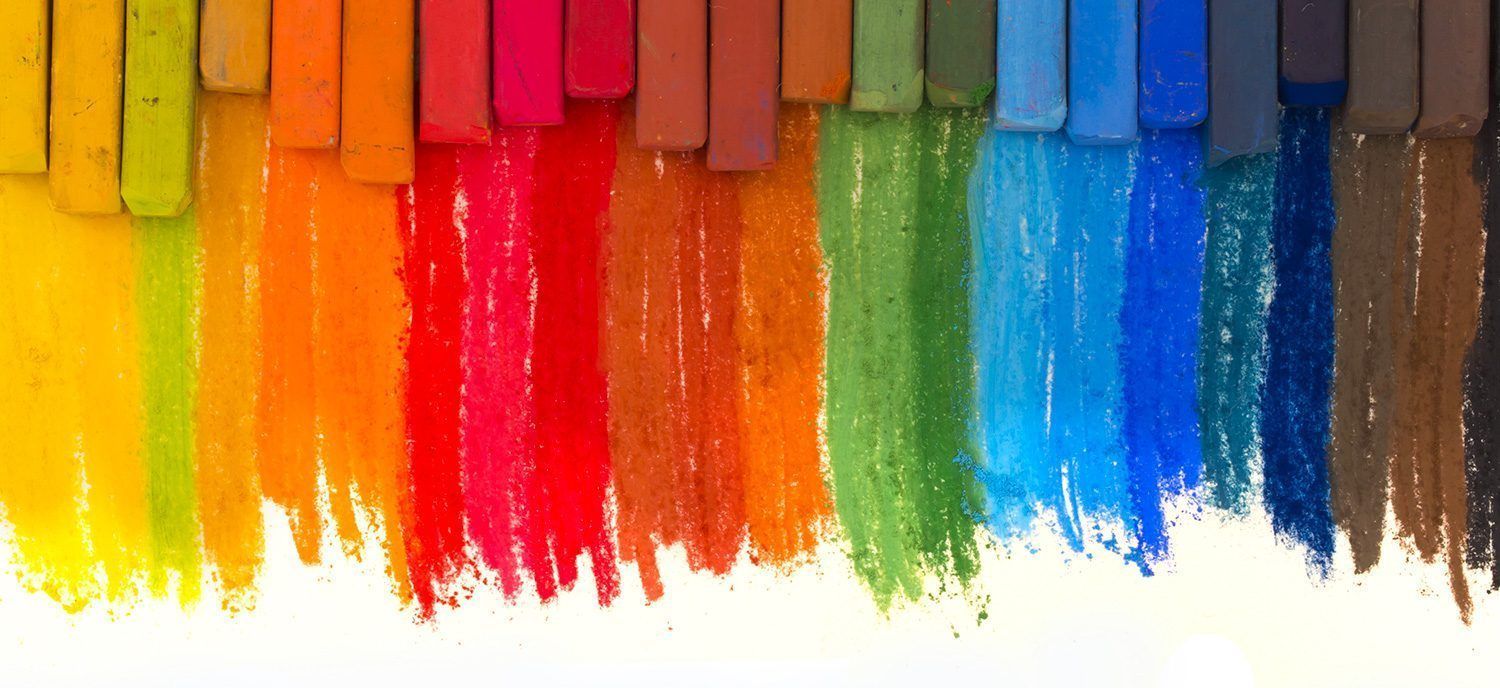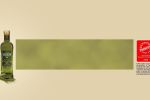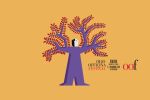31 March 2017
We learn to use colours when we are just children. Yellow for the sun, green for the grass, blue for the sky. But it is only as we grow up that we learn to understand and appreciate all their subtle variations.
Colours subdivide into primary, secondary and tertiary.
The primary colours are the ones from which all other colours and their shades can be obtained, and are yellow, red and blue.
Secondary colours are made by blending equal amounts of two primary colours: for example, if we mix the same amount of red and the same amount of yellow we will get orange.
Tertiary colours, on the other hand, are made by blending two primary colours but in different proportions, giving colours with different levels of brightness: for example, depending on the quantities of the different pigments added, a blue may be midnight blue, cobalt blue, aquamarine, indigo and so on.
Colour blending is fundamental, especially for some professions. Painters, for example, frequently mix their colours, either on the palette or on the canvas itself.
Other people who work with colours on a daily basis include graphic designers, illustrators and printers, the people who produce and create the layouts of the books, magazines, newspapers and printed advertisements we see every day.
For anyone who colours with pencils, for work or pleasure, the market offers a new aid, actually introduced some time ago, called a blender. It is a pencil with a colourless lead in the matrix material used to hold the pigments of coloured pencils together. The blender dissolves the pigment on the paper and redistributes it, to tone down its colour.
There are no two ways about it: the world of blending is truly full of subtle variations.






